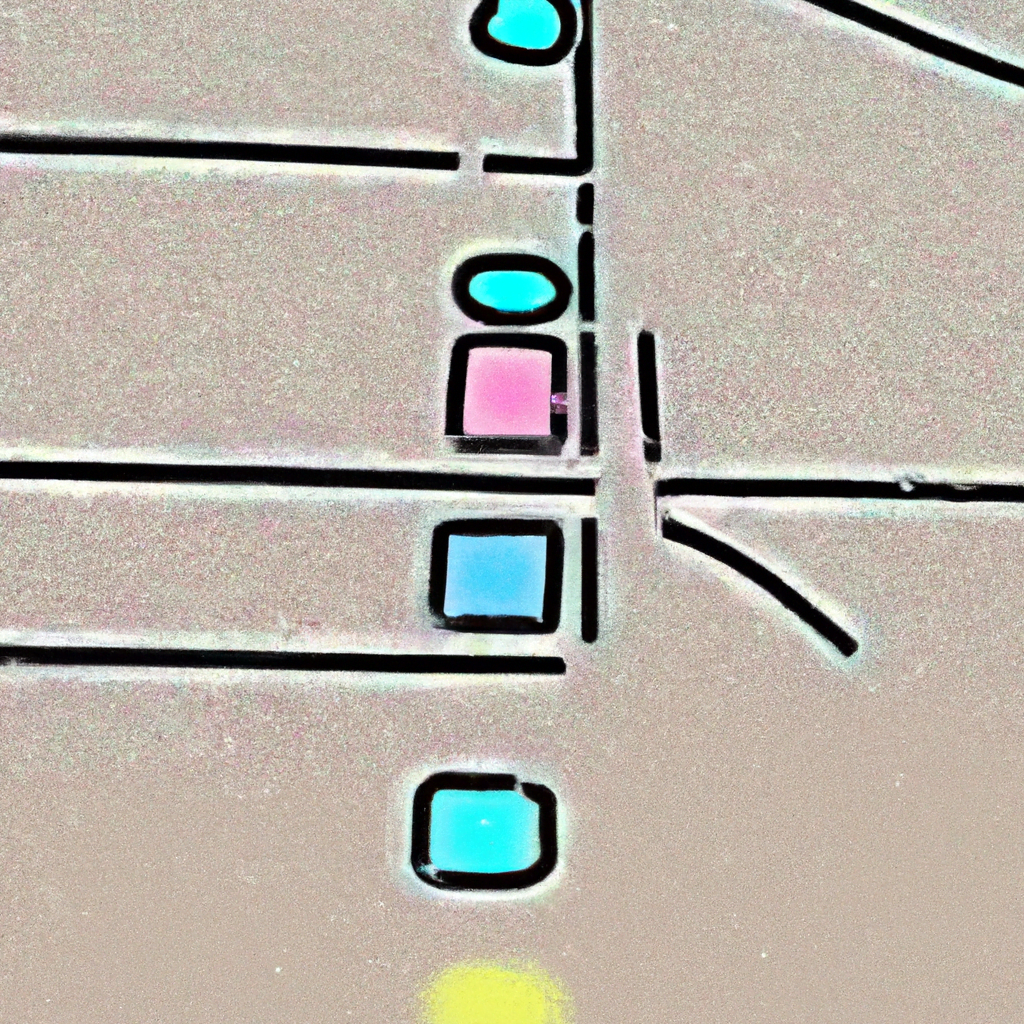The Role of Illustration in UX/UI Design
Illustration plays a crucial role in the field of User Experience (UX) and User Interface (UI) design. It goes beyond just adding visual appeal to a website or application; it enhances the overall user experience by conveying information, guiding users, and creating an emotional connection. In this article, we will explore the various ways in which illustration contributes to UX/UI design, backed by examples, case studies, and statistics.
1. Enhancing Visual Communication
One of the primary functions of illustration in UX/UI design is to enhance visual communication. While text can be informative, illustrations have the power to convey complex ideas and concepts more effectively. They can simplify information, making it easier for users to understand and engage with the interface.
For example, Dropbox uses illustrations to guide users through their onboarding process. Instead of relying solely on text-based instructions, they use simple and visually appealing illustrations to demonstrate how to perform various actions. This approach not only makes the onboarding process more engaging but also reduces the cognitive load on users.
Similarly, Slack uses illustrations to communicate error messages. Instead of displaying a generic error message, they use illustrations that depict the error in a more relatable and understandable way. This not only helps users identify the problem but also adds a touch of personality to the interface.
2. Creating Emotional Connections
Illustrations have the ability to evoke emotions and create a sense of connection with users. By using illustrations that align with the brand’s tone and personality, UX/UI designers can establish a more emotional connection with the users, making the experience more memorable and enjoyable.
Mailchimp, an email marketing platform, uses illustrations to create a friendly and approachable brand image. Their illustrations feature a unique style that reflects their brand personality. By incorporating these illustrations throughout their interface, Mailchimp creates a consistent and cohesive user experience that resonates with their target audience.
Another example is Duolingo, a language learning app. Duolingo uses illustrations to bring their mascot, a green owl named Duo, to life. Duo appears throughout the app, providing feedback, encouragement, and even celebrating users’ achievements. This use of illustrations not only adds a playful element to the interface but also creates a sense of companionship and motivation for the users.
3. Guiding Users and Providing Feedback
Illustrations can serve as visual cues to guide users through the interface and provide feedback on their actions. They can help users understand the hierarchy of information, navigate through complex processes, and indicate the status of certain elements.
Google Maps is a prime example of how illustrations can guide users. When users search for a location, Google Maps uses illustrations to represent different landmarks and points of interest. These illustrations help users quickly identify and differentiate between various locations, making the navigation process more intuitive.
Illustrations can also provide feedback on user actions. For instance, when users successfully complete a task in Trello, a project management tool, they are rewarded with a satisfying animation of a confetti explosion. This visual feedback not only acknowledges the user’s accomplishment but also adds an element of delight to the overall experience.
4. Adding Personality and Brand Identity
Illustrations can play a significant role in establishing a brand’s identity and personality. They can differentiate a brand from its competitors and create a memorable impression on users.
Slack, a popular team communication tool, uses illustrations to inject personality into their interface. Their illustrations feature a unique style that reflects their brand’s playful and friendly nature. By incorporating these illustrations throughout their interface, Slack creates a cohesive and recognizable brand identity that sets them apart from other communication tools.
Spotify, a music streaming platform, also uses illustrations to enhance their brand identity. Their illustrations feature vibrant colors and dynamic compositions, reflecting the energy and diversity of their music catalog. These illustrations not only add visual interest to the interface but also reinforce Spotify’s brand as a platform for discovering and enjoying music.
5. Improving Usability and Accessibility
Illustrations can contribute to the usability and accessibility of a website or application. They can help users understand complex concepts, navigate through interfaces, and even cater to users with disabilities.
Apple’s iOS Human Interface Guidelines recommend using illustrations to clarify complex concepts and provide visual explanations. By using illustrations, designers can simplify complex processes and make them more accessible to a wider range of users.
Illustrations can also be used to cater to users with disabilities. For example, Airbnb uses illustrations to provide alternative text descriptions for users with visual impairments. These descriptions help visually impaired users understand the content and context of the illustrations, ensuring a more inclusive user experience.
Summary
Illustration plays a vital role in UX/UI design by enhancing visual communication, creating emotional connections, guiding users, adding personality, and improving usability and accessibility. By incorporating illustrations strategically, designers can create engaging and memorable user experiences that go beyond mere functionality. Whether it’s simplifying complex information, evoking emotions, or providing visual cues, illustrations have the power to transform the way users interact with digital interfaces.
As the field of UX/UI design continues to evolve, the role of illustration will only become more prominent. By understanding the impact and potential of illustrations, designers can leverage this powerful tool to create interfaces that are not only visually appealing but also intuitive, accessible, and emotionally engaging.
